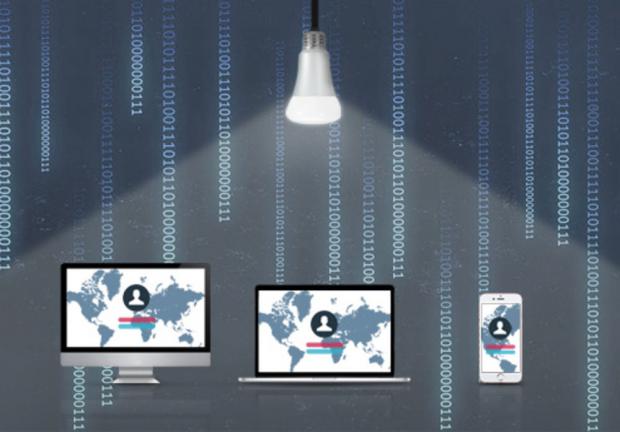
Breaking News
 Mamdani's NYC Tenant Czar Called To 'Seize Private Property,' Calls Home Ownership
Mamdani's NYC Tenant Czar Called To 'Seize Private Property,' Calls Home Ownership
 Trump basks in the glory of his Venezuela raid - but now his allies are reviving a question they...
Trump basks in the glory of his Venezuela raid - but now his allies are reviving a question they...
 Cummings: Deep State Will 'Smash The Absolute Living Sh*t Out of Farage'...
Cummings: Deep State Will 'Smash The Absolute Living Sh*t Out of Farage'...
 Musk & Trump Grab Dinner After Maduro Arrest
Musk & Trump Grab Dinner After Maduro Arrest
Top Tech News
 The First Production All-Solid-State Battery Is Here, And It Promises 5-Minute Charging
The First Production All-Solid-State Battery Is Here, And It Promises 5-Minute Charging
 See inside the tech-topia cities billionaires are betting big on developing...
See inside the tech-topia cities billionaires are betting big on developing...
 Storage doesn't get much cheaper than this
Storage doesn't get much cheaper than this
 Laser weapons go mobile on US Army small vehicles
Laser weapons go mobile on US Army small vehicles
 EngineAI T800: Born to Disrupt! #EngineAI #robotics #newtechnology #newproduct
EngineAI T800: Born to Disrupt! #EngineAI #robotics #newtechnology #newproduct
 This Silicon Anode Breakthrough Could Mark A Turning Point For EV Batteries [Update]
This Silicon Anode Breakthrough Could Mark A Turning Point For EV Batteries [Update]
 Travel gadget promises to dry and iron your clothes – totally hands-free
Travel gadget promises to dry and iron your clothes – totally hands-free
 Perfect Aircrete, Kitchen Ingredients.
Perfect Aircrete, Kitchen Ingredients.
 Futuristic pixel-raising display lets you feel what's onscreen
Futuristic pixel-raising display lets you feel what's onscreen
 Cutting-Edge Facility Generates Pure Water and Hydrogen Fuel from Seawater for Mere Pennies
Cutting-Edge Facility Generates Pure Water and Hydrogen Fuel from Seawater for Mere Pennies
This New Lightbulb Transmits A Record-Breaking Amount Of Data To Your Home Devices

Researchers in Saudi Arabia have developed a white light laser that sends data hundreds of times faster than the average Wi-Fi connection. They claim it's able to move 2 GB per second, or the size of a feature-length movie, faster than it's taken you to finish reading the last three words of this sentence.
Last year, an Estonian tech company developed the tech to transfer at 1 GB per second, 100 times faster than the average Wi-Fi speed. This new advancement, published in ACS Photonics, is 40 times faster than that.
Based on Visible Light Communication technology, Li-Fi works by flickering LED lights at extreme, imperceptible speeds to communicate in binary with other devices. Combined with bulbs made from these new nanocrystalline materials, they'd be installed around your home or office, providing light while telling your smart TV to stream insanely fast Netflix or download that Frank Ocean album that might drop by the time this tech becomes everyday reality.



